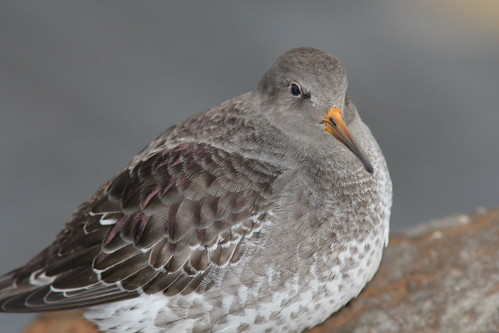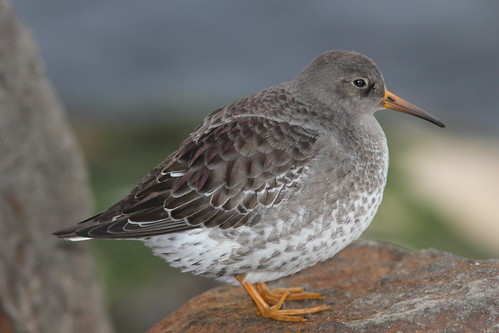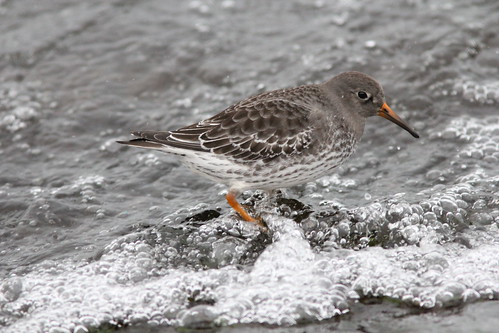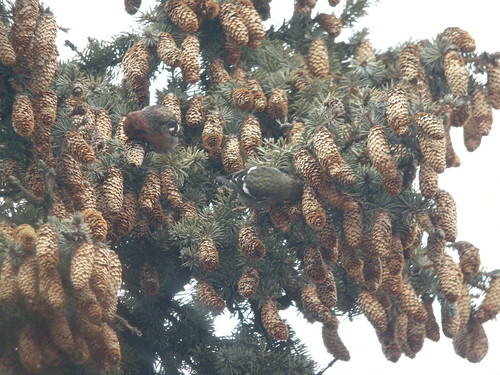There aren't too many occasions where a relatively common species that I know well produces a revelation. But not only did this happen to me today, it also happened to a compadre of mine with me at the time. Someone sporting a roughly equal resume of bird experience and study.
Let's back up for a second. Ever wonder why Red-bellied Woodpeckers are named as such? Why aren't they called Red-crowned Woodpecker? You not only never see red underneath, and the first thing you notice when you see the bird is the red on the top of the head. So what gives? The answer has to do with the fact that the folks who named them didn't observe them in the field so much as in the museum drawer. And in the museum drawer, birds are laid out on their backs, so that the belly of the bird is what you see when you open the tray. Sure enough, Red-bellied Woodpeckers do have a red belly patch, but it is not something you'll ever see in the field unless you go way out of your way to look for it. There are plenty of other species for which I've always considered the common name to be a misnomer or at least a strange choice, including: Ring-necked Duck (how about Ring-billed Duck?), Blue-winged Warbler (c'mon, there is no blue there), Orange-crowned Warbler (who ever really sees the orange?), Purple Finch (Rose Finch?), etc.
So another bird I'd always considered a member of this list was Purple Sandpiper. Despite the cool name, all of my efforts to establish that "surely this name must have some merit: there must be SOME purple somewhere on this bird" were unsuccessful. Furthermore, I've never even heard anybody say to me that it actually does have it. So it was with a fairly great shock that I looked at my fresh closeup photos of 7 Purple Sandpipers at Pere Marquette Park in Muskegon MI only to see a fairly bright purple iridescence!! Exhibit:

And that ain't no pseudo-purple. That is the real deal. Yes, it is clearly an iridescence as opposed to a pigmentation, but wow! Skye and I were totally blown away by this. The coloration is visible on at least the tertials, scapulars, mantle, proximal wing coverts, and even on the crown (!). Here are the other best views of this:



It is really neat to finally know, after all these years, that the Purple Sandpiper really is purple... Who knows what I'll learn next.
(and oh yeah, here is the eBird complete checklist for the site:
http://ebird.org/ebird/view/checklist?subID=S9527037)
 Rare wintering White-throated Sparrow at Richmond Park in Grand Rapids
Rare wintering White-throated Sparrow at Richmond Park in Grand Rapids Black-capped Chickadee (VERY tough to photograph!)
Black-capped Chickadee (VERY tough to photograph!) Red-tailed Hawk
Red-tailed Hawk






